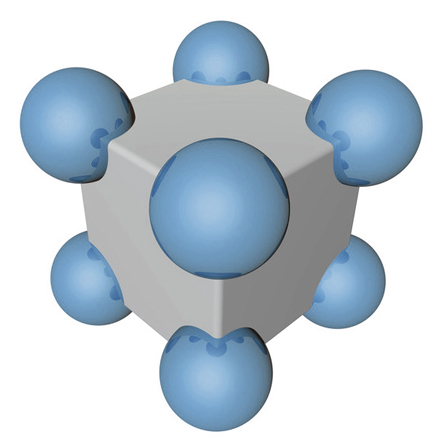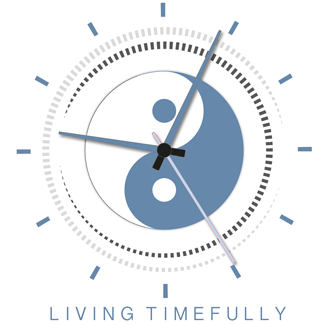 It said that every time we switch away from a task, it takes around five minutes to tune fully back into what we were working on. This means if we get just 12 interruptions a day, we lose around an hour in productivity.
It said that every time we switch away from a task, it takes around five minutes to tune fully back into what we were working on. This means if we get just 12 interruptions a day, we lose around an hour in productivity.
Obviously, we can relatively easily remove self-inflicted diversions by switching off email, cell phones and social media. There’s an added bonus to be gained here. When we read less emails and interact less on social media, we create less noise in other peoples’ worlds and in turn they create less in ours.
I am currently having a self-imposed week of reduced social media involvement and I am amazed at how much more time I have to get more done. I also feel less anxious about checking in to see who’s talking about what – and me! I am just checking emails three times a day and only replying to everything in one session. It took a while to wean myself away from constantly checking in but now I am on the ‘other side’, it is strangely calming.
Even if you manage to tame the inner desire to divert your attention from the task at hand, external influences can darken your door just when you are fully engrossed and immersed in the creative zone. This is especially true in open plan office environments where conversations and other peoples’ phone calls can so easily disrupt our concentration.
Quite possibly, the worst type of interruption is that gentle knock on the door and a voice saying, “Have you got a minute?”
We never say, “If I had a spare minute, I would have sought you out and offered it to you.”
Instead we acquiesce and invariably that single requested minute morphs into several.
To prevent this kind of unrequited attention sapper, we can set up an interruption barrier. Like all strong defenses, it is best if it has several layers to stop the most ardent of penetrators.
Layer 1 : Physical
The first layer can be physical. When we are working on a creative task that needs our undivided attention, we can either work from home or lock ourselves in an office labelled ’Do Not Disturb’.
Layer 2 : Cultural
The second layer is both cultural and temporal. In smart organisations with intelligent employees, the time and space of others is respected. Simply announce the time and space you like to be interrupt free. A good practice is to designate the first working hour of the morning or after lunch as the time you need your own space. If everybody adopts this practice, nobody is therefore free to interrupt anyone else.
Layer 3 : Mindful
The third layer is slightly esoteric, yet the most potentially the most powerful.
It is postulated, by Carl Jung and other, that all thought permeates through a collective field. So if a person pops into your mind, it is possible that they are thinking about you just at that instant.
The reverse is also true. While you are working on a creative task, if your attention wanders and you think of somebody or other, then they might just think, “Ooh, I wonder if so and so is not busy and might be able to help me on this.”
So it is possibly our thoughts of others that cause them to interrupt us.
Over the years, I have noticed that the phone never rings when I am writing a chapter of a book or a blog. Yet, just a few minutes after a finish, it does. I realised I must have been doing something to stop my thought forms from leaking out.
The clue is this. Every day before I write, I meditate for 10 to 30 minutes. When I start writing, I remain in the meditative state. This means my internal dialogue is silent so I am not radiating any thought forms. The only ’words’ passing through my head are those that are passing through my finger tips typing these words.
This is especially true right now.

 It said that every time we switch away from a task, it takes around five minutes to tune fully back into what we were working on. This means if we get just 12 interruptions a day, we lose around an hour in productivity.
It said that every time we switch away from a task, it takes around five minutes to tune fully back into what we were working on. This means if we get just 12 interruptions a day, we lose around an hour in productivity.